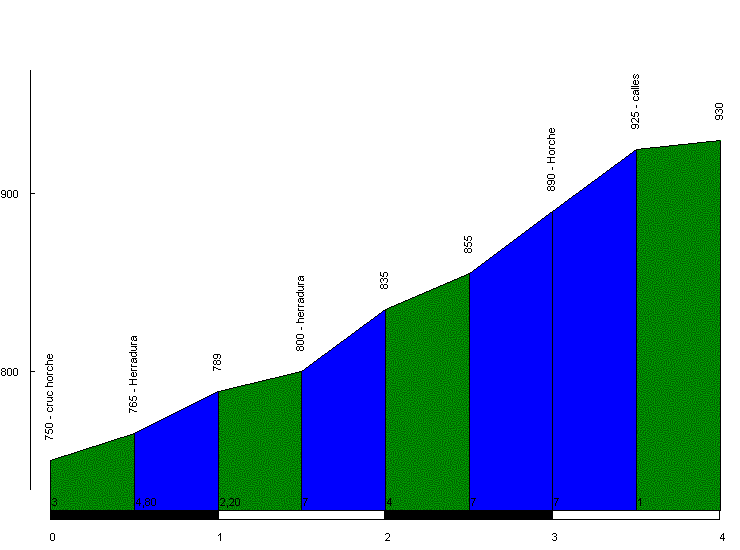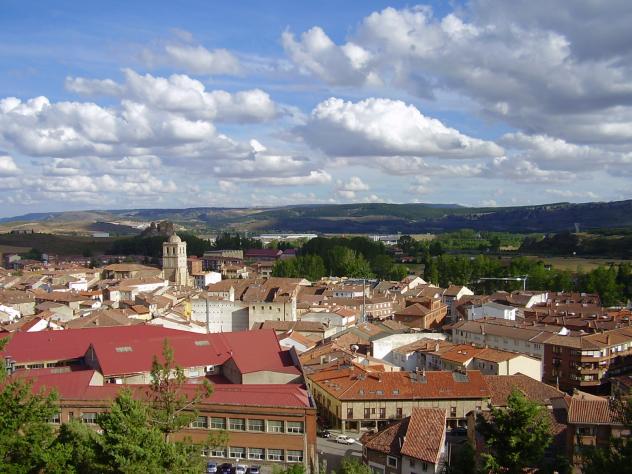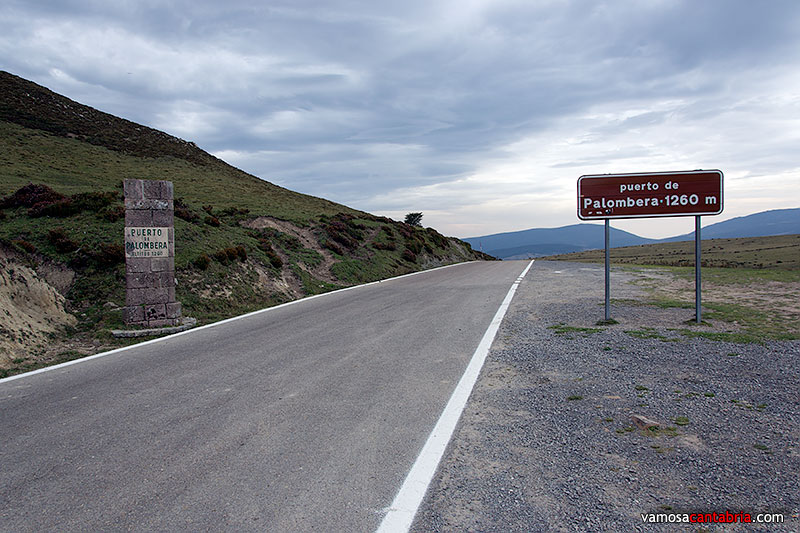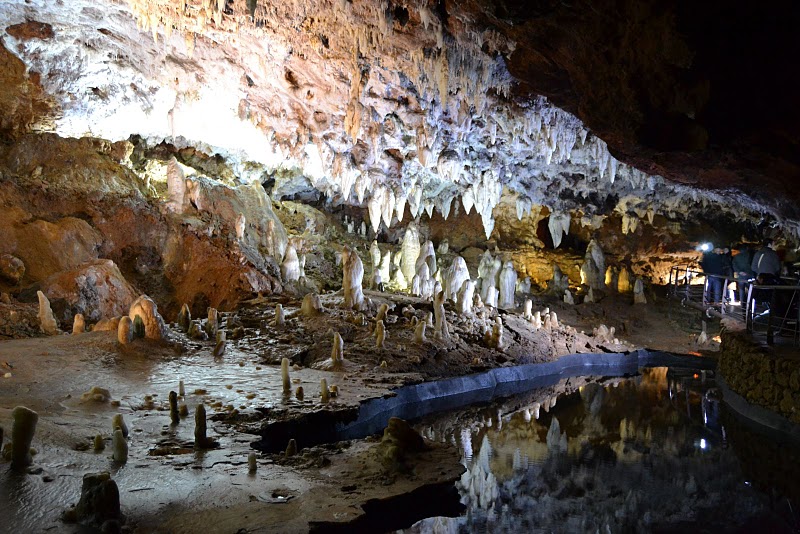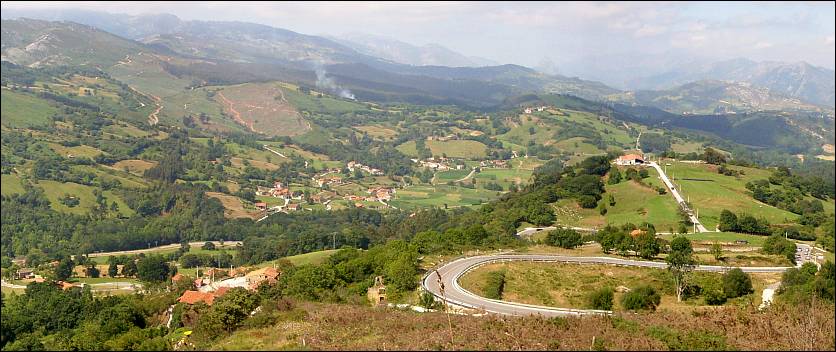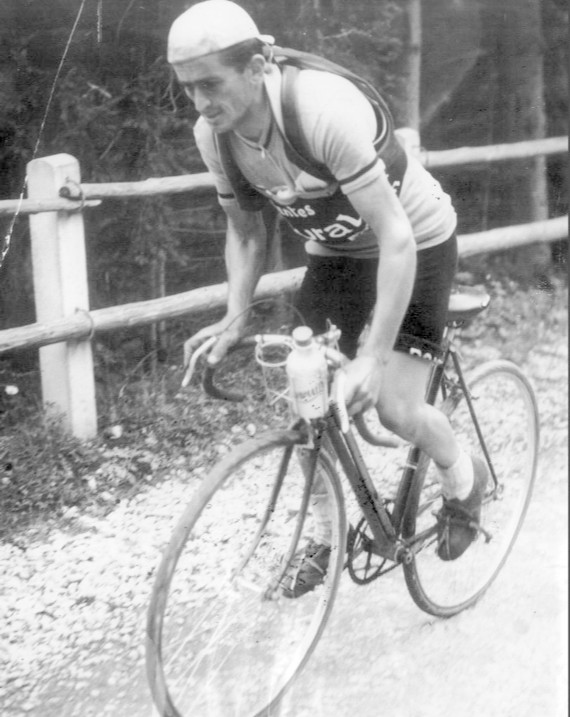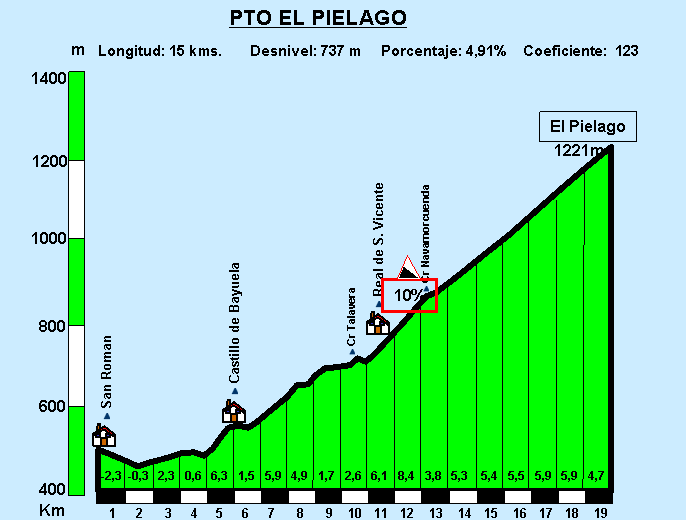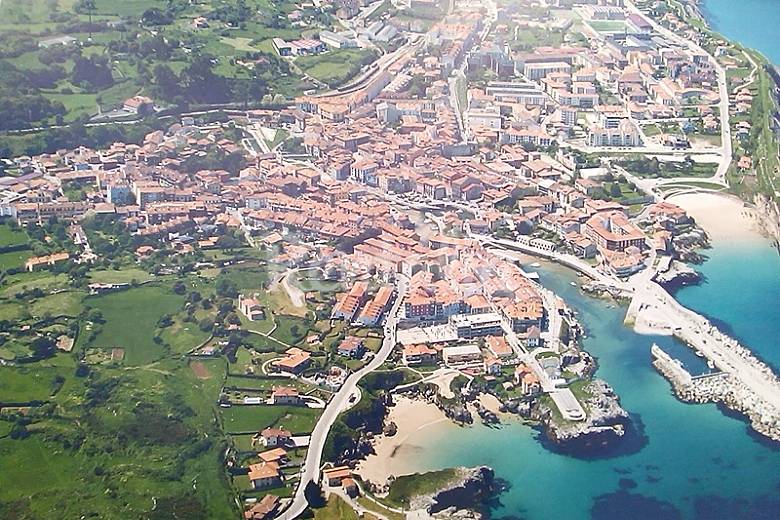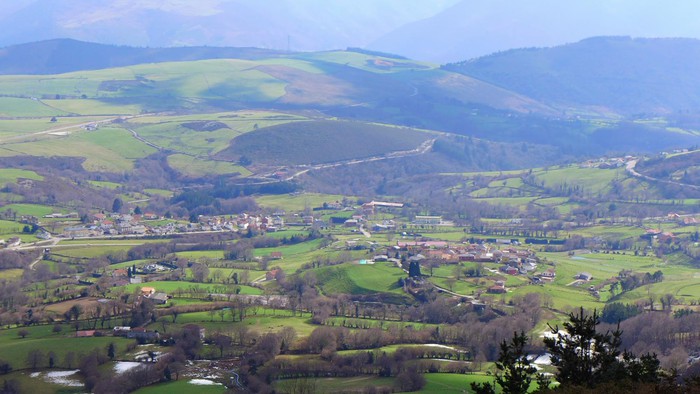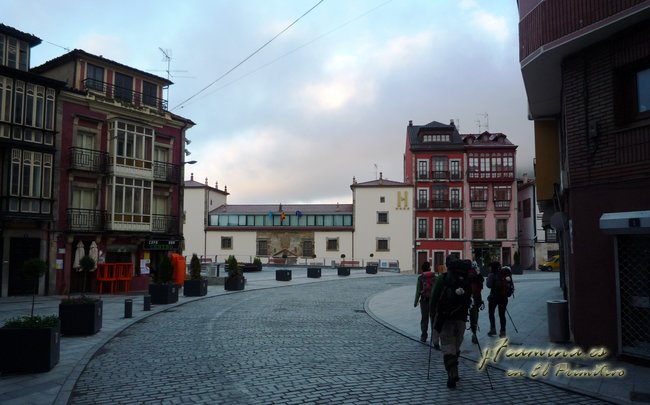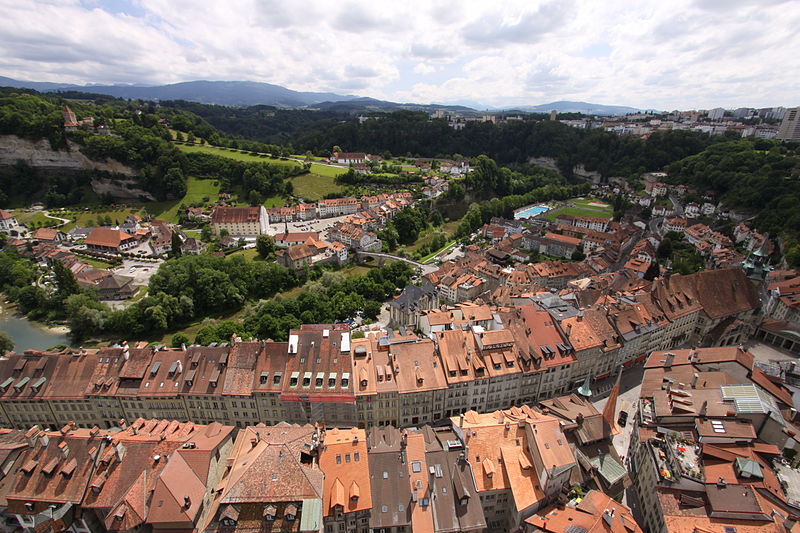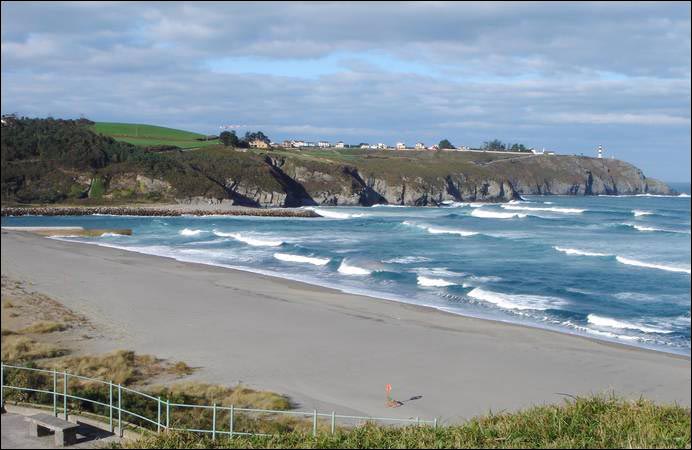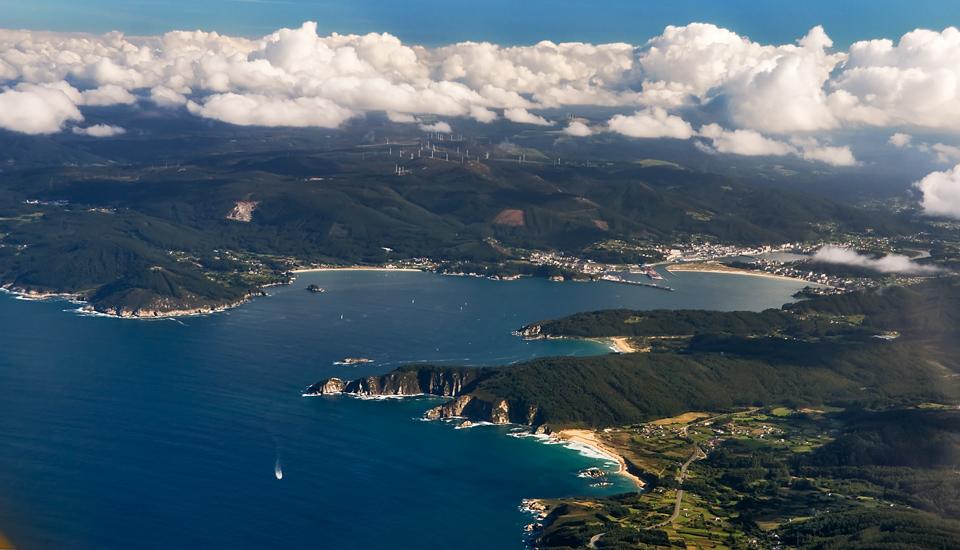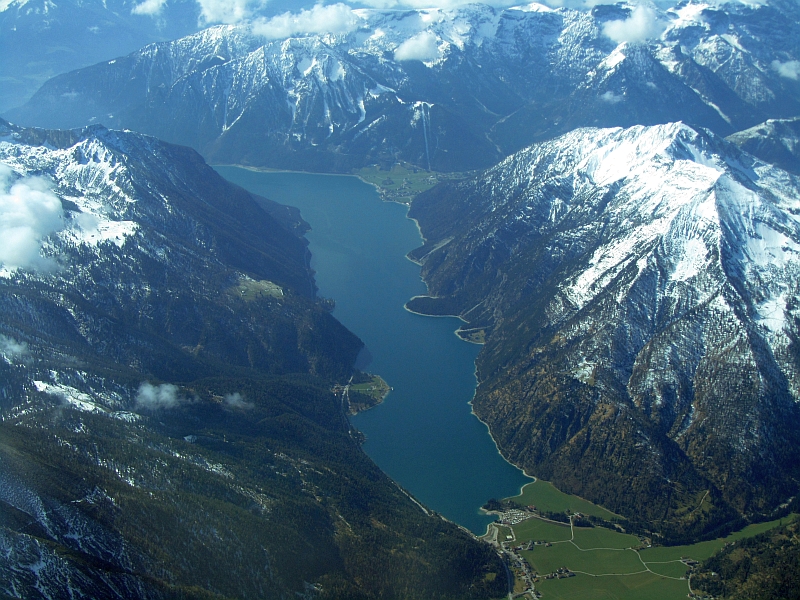Stage 13: A Coruña - Ponteareas, 203km
GPM:
Alto do Xalo (cat.3) 10,3km @ 4,0%
Alto do Busto (Monte Castrove)(cat.3) 7,0km @ 5,3%
A long and flattish stage which will provide some good Worlds training for the sprinters, since they'll need to be relatively durable to get to the end, but with this stage taking place on a Friday with the penultimate weekend lying ahead, the main GC candidates are more than likely to leave this one to the fastmen, which is pretty appropriate given the finish.
Before that, however, we set off from the city of A Coruña. With a quarter of a million inhabitants, it's the second largest city in Galicia and served as its capital until 1982, both in the independent Kingdom of Galicia and in the subsequent unified Spain, when that honour was moved to Santiago de Compostela. The city originally began in Celtic times before being taken over by the Romans; for many centuries it had prominence as a port city on a promontory, on the peninsula which includes the UNESCO World Heritage site of the
Torre de Hercules, but has since expanded beyond the confines of the peninsula onto the wider coastal area, especially after experiencing rapid population increase during the Franco era. The city has a strong sporting imprint, but a lot of this is relatively provincial; by far its biggest-known international sporting successes are from the football team Deportivo La Coruña, which won La Liga in 2000 and whose subsequent Champions' League exploits led to a
memorable match against Manchester United in which Fabien Barthez left his brain in the locker room.
The city was last seen in La Vuelta in 2014, in a sprint stage which was won by John Degenkolb, but it is a deeply historic one - its first introduction to the race was all the way back in 1936, in only the second Vuelta, when Belgium's Alphonse Schepers took the victory. Although the Vuelta's interest in its northwesterly province has come and gone a few times over the years, however, Galicia's interest in cycling has been comparatively unwavering, producing many of the country's best. The best known
Coruñés in cycling terms is Vicente López Carril, a strong all-rounder who built a very solid stage-racing palmarès in the 70s - although he won a stage the Tour de l'Avenir in 1966, he was a late bloomer, with his breakthrough, when he won the colossal Gran Sasso d'Italia mountaintop finish at the 1971 Giro d'Italia, coming when he was already 28 years old. Like so many of the great Spanish names in history, López Carril was at his best in the mountains, with his biggest wins being Grand Tour stages (three at the Tour, all in the Alps, in Nice, Serre-Chevalier and Morzine-Avoriaz, and one at the Vuelta, a Cangas de Onis finish after breaking away on the Mirador del Fito climb, on top of his Giro stage) and Spanish short stage races in mountainous regions - the Vuelta a los Valles Mineros and the Vuelta a Asturias, for example; he also won a national championship in 1974, when the event was held in the mountains of central Asturias, around the city of Mieres del Camino.
López Carril was known for his consistent results in the Grand Tours, where he managed nine top 10s (2 apiece at the Giro and Vuelta, and 5 at the Tour), with his best finish being in 1974 when he finished on the podium in Paris, just 5 seconds behind the veteran Raymond Poulidor, albeit eight minutes shy of Eddy. This also meant we got to
see his awesome national champion's kit on the podium. After spending his entire career with KAS, he spent one year with Teka in 1979 before retiring; however he never got to enjoy his retirement, as only a few months later, in March 1980 he suffered an embolism during a friendly kickabout game of football and subsequently died at the age of just 37; not only another to add to the list of great Spanish escaladores, but also another to add to the list of great riders taken before their time.
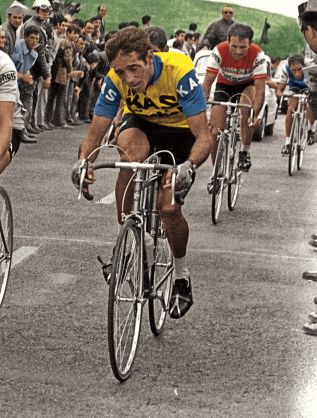
The stage begins, perhaps fittingly for Vicente, with a climb almost straight away, to the village of Xalo. It's not a tough climb, mostly very gradual, but this being the end of week 2 we may see some more interesting names and a stronger breakaway than we might get from a pan-flat stage normally. Even if not, well, the king of the mountains' team could hold it together to pick up some points if they like, then let the break go after. The stage in its early part will be reminiscent to the péloton of stage 3, the first one on the Iberian peninsula, as we climb to an altitude of around 4-500m but without any real climbing after that; the first 60-70km see us offer plenty of uphill and downhill but not much in the way of sustained gradient after that first cat.3 climb, so there's at least the chance to tire out some legs.
We stay to the west of Santiago de Compostela as we descend back down to sea level, for the coast will be the site of much of the day's racing. We also pass close by to the small town of Teo, home to the last great Galician cult hero in the cycling world, late bloomer and the first man to triumph on the mighty slopes of Bola del Mundo,
Ezequiel Mosquera. Indeed, that last-ditch attempt at overcoming Vincenzo Nibali was both Eze's greatest triumph (biggest career win) and greatest failure (not getting the Vuelta, subsequent HES positive). This is not a stage that Eze would have enjoyed however (though some such stages are to come), so we continue on our way towards the coast and some more recent Vuelta stage towns.
The first of these is Vilagarcía de Arousa, which hosted the start of the 2012 stage to Mirador de Ézaro won by Joaquím Rodríguez (who else?). This is followed almost immediately by Vilanova de Arousa, where the 2013 race got off to its start with a
team time trial in a wonderfully picturesque setting. Here, it's just a transitional section before our next climb, which is to O Busto, a stop-off on the way to Monte Castrove.
Monte Castrove has been used a couple of times recently in the Vuelta, most notably
as a cat.2 MTF in 2014, a stage where Fabio Aru took the win ahead of Chris Froome, though the latter took some potentially vital seconds from his main adversary, Alberto Contador, in the battle for the overall. You can watch it
here. However, this steep side is not what we're climbing, we're climbing the more gradual, two-stepped side of it which was used in the
2012 CRI which was won by Fredrik Kessiakoff; we climb solely from the "comienza puerto" sign to the feedzone at O Busto before descending to the coast and riding on into Pontevedra; it's a flat stage and there are still 60km to the line, so I'm not anticipating anything too drastic in terms of action, although it might be interesting for the points classification if there's a battle breaking out between the sprinty sprinters and the all-rounders, as the intermediate sprint in Pontevedra is very close to the foot of the descent, and so if somebody like Kittel, Ewan etc. has the lead of the classification, people like Bouhanni, Sagan and Lobato could take advantage and get a few free points by putting the pressure on in the climb.

After a bit more coastline-hugging, we head inland for good at Redondela, with an uncategorized climb of around 3,5km @ 4% into a valley road. This takes us to a rural municipality called Mos, which has no towns of any significance but does have a road cycling claim to fame, as the home of the forgotten Tour winner, Óscar Pereiro. Of course, a lot of that is to do with the circumstances; Pereiro had finished tenth in the previous two editions (and would do again in 2007) and, after losing a lot of time and the Phonak team (for which he'd previously raced) being too weak to control the péloton for the whole race, he was allowed into a breakaway that gained half an hour on the bunch, allowing him to take the maillot jaune. He was underestimated, however, as his top 10s had been based on climbing power, and was a man rejuvenated by the jersey, and it took the legendary Morzine attack to dethrone him; after Landis' positive test, victory was conferred to the Galician. Of course, like Arroyo's Giro (although Arroyo's time gift was less, his advantage was greater and the circumstances of his advantage were very different; he also lost a lot more time trying to defend in the mountain stages than Pereiro did), Óscar went back to his previous niche the following year, returning to his previous performance level (10th), however a horrendous crash descending the Colle dell'Agnello in the 2008 Tour de France brought his career to a premature halt; while he returned to racing the following year, and spent a year domestiquing for Contador at Astana in 2010, it was very clear early on that he was not the same rider he was and he quietly retired to take up part-time football, occasionally resurfacing to
lay the smack down with impunity on some ignorant football journalists.
But really, the stage isn't here to honour Óscar; because we're taking it to a sprint finish in the city of Ponteareas, a city of 20.000 with a big legacy in cycling. It has rather fallen by the wayside recently, only hosting two Vuelta stages in recent memory, both stage starts for sprint stages (in 2011 to Pontevedra, won by Peter Sagan, and the following year to Sanxenxo, won by John Degenkolb), however while this is not the same as El Barraco, which is a tenth its size, there are no fewer than three Vuelta winners from the city. The most recent is the now notorious Álvaro Pino, who benefited from being somewhat more rounded as a racer than many of his opposition and triumphed in the
1986 Vuelta thanks to superior time trial skills versus Robert Millar, still smarting over the previous year's betrayal. Álvaro was also a great climber, however, taking mountaintop victories in the Vuelta in 1988 to
Brañillín and Monte Naranco as well as the GPM, and also on the mythical Lagos de Covadonga in 1989. However, after hanging up his cleats and going into management, he's become something of a dark cloud, managing the Kelme team throughout the 90s, before moving on to Phonak until 2005 (escaping the hit around Landis) and then Xacobeo-Galicía from 2007 to its downfall in 2010.
With a sprint finish in Ponteareas, however, Pino isn't really what this is about either; it's more to do with the legendary Rodríguez brothers, two of the most important names of the formative years of the Vuelta and Spanish cycling in general.
Delio Rodríguez Barros (1916-1994) and his brother Emilio Rodríguez Barros (1923-1984) are all-time greats whose names have sadly been rather lost to time in many respects, much of which is to do with the isolation of Spanish cycling at the time. Delio is pretty universally heralded as the better cyclist, but Emilio was the only one to ride the Tour de France. While it remains undeniably true that the weak fields attracted by the early Vueltas (especially the wartime ones) rather artificially inflate some of the statistics, it is worth noting that as the pre-eminent sprinter of his day, given the parcours of the time Delio had the opportunity to run roughshod over his competition; indeed his record of 39 Vuelta stage wins still stands to this day - and his record of 12 stages in a single Grand Tour set in 1941 stood for 36 years, when Freddy Maertens went ballistic on the Vuelta to surpass him. However, he does hold the record for most stages won in a Grand Tour without winning it, courtesy of that 1941 Vuelta, where a colossal breakaway triumph for Escuriet led to Fermín Trueba taking the jersey and putting Rodríguez out of contention, eventually finishing 4th nearly half an hour down. When the 1945 Vuelta came about, with the small péloton resulting from WWII and the lack of international participation, Delio was supported by Emilio and his other brother, Pastor (a fourth brother, Manolo - sometimes called Manuel which I suspect may have something to do with the quest under Franco to suppress the regional identities), was also a professional cyclist who twice won the Subida a Arrate in the 50s, but was still a teenager in 1945 and didn't participate), and took an almost impregnable lead in the stage from Salamanca to Cáceres, finishing 15 minutes up on his breakmates and half an hour ahead of the group, a lead you couldn't afford to give to a rider like him, with his eventual haul being six stages and the GC, reducing the great Berrendero to fighting against the forgotten Portuguese climber João Rebelo for the GPM.

Although he is often characterized as a sprinter because this was his primary speciality, Delio was a more rounded rider than this gives him credit for; how many sprinters do you know who could win the Subida al Naranco twice? Nevertheless, it was clear that Emilio was more climbing-based than his older brother; he won the Vuelta's mountains classification three times (in 1946, 1947 and 1950) as well as also taking the GC in 1950 along with five victories - four of which in the mountainous north of the country, even if in those days a brutal Vuelta mountain stage would be one that included the likes of Asón, Alisas or La Braguía - the Puerto del Escudo was probably the Vuelta's first mythical summit; Manolo also came 2nd in the race, providing his brother with support all the way, doing a gregario's job in the way that so rarely came to pass in Spanish cycling at the time. This was also the first Vuelta after Delio's retirement, so the country's cyclists were rather frustrated as they had thought they may have been able to escape the dominance of the Galician family, but they were to be denied temporarily (Emilio didn't return to the Vuelta until 1955). Emilio also managed in 1954 to do something which his brother had never managed, and won the national championships, along with his three unsuccessful tilts at the Tour de France. Like many Galicians throughout cycling history as well, Emilio felt some affinity for their neighbours and close linguistic and cultural friends the Portuguese, and three times podiumed the Volta a Portugal in its own formative years (Manolo also podiumed twice for good measure).
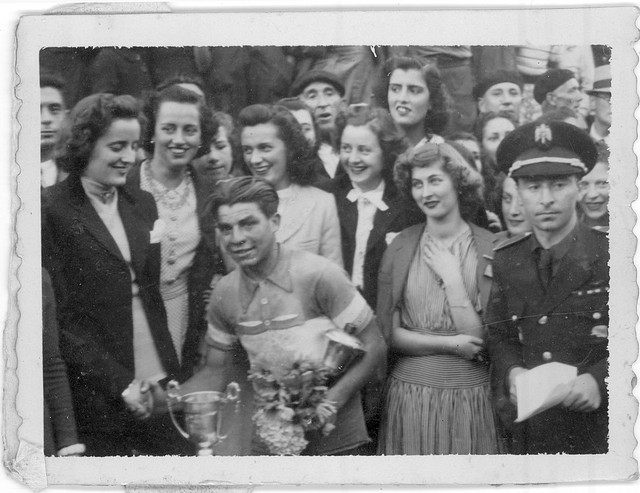
So while this is perhaps not the most attractive finish we could choose after the scenic coast of yesterday and the beautiful Galician coastal towns, it is a city that belongs on the honours list in terms of its cycling heritage, and makes a perfect stage town for my Vuelta that's already paid homage to Tarzán, Alberto Fernández, Freire, Fuente and the Trueba brothers.
 . I'll keep your comments in mind as I'm working on a Vuelta of my own. I like muritos too.
. I'll keep your comments in mind as I'm working on a Vuelta of my own. I like muritos too. I deleted, deleted, deleted, and am now back to working on stage 3. It will take a while, but if it turns out as I envision it, that will be a nice Vuelta.
I deleted, deleted, deleted, and am now back to working on stage 3. It will take a while, but if it turns out as I envision it, that will be a nice Vuelta.and there's a 25km MTF on stage 4, which is Guillén terrain.





